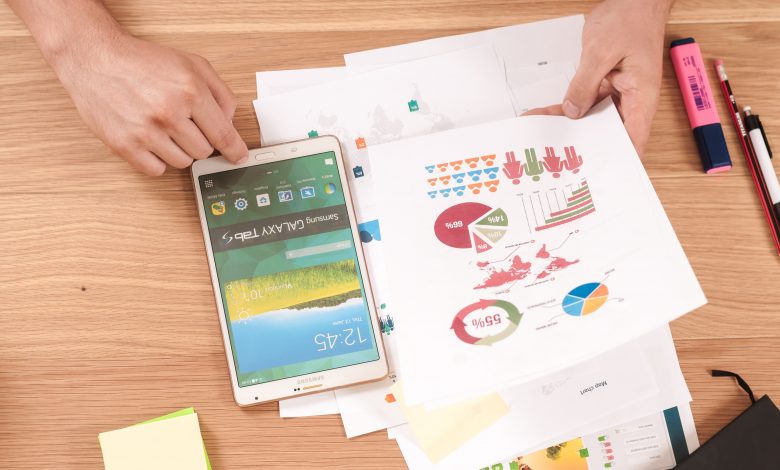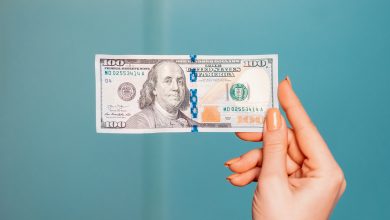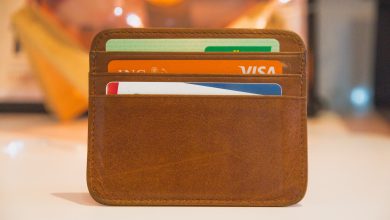5 Steps to Building an Emergency Fund

In uncertain times, such as now, having an emergency fund is important. Money is needed to purchase food, pay bills, and to put gas in our cars. While some people prefer to live off the grid and not depend on the modern world for survival, most people depend on getting a paycheck each week just to make ends meet. Having an emergency fund is vital for times when we suddenly become unemployed or are unable to work due to personal or family medical emergencies. In the future, more people will want to ensure that they are financially stable to live without depending on unemployment. For those who are not eligible for unemployment, having a emergency stash of cash will be deemed vital to ensure personal survival should we face a future global pandemic or catastrophic event.
Utilize Automatic Transfers to Your Savings Account
Almost 40% of Americans are not prepared to cover an unexpected $400 expense using cash or savings. Rather than putting extra money aside every month, people typically spend what they make each week. When an emergency arises, such as an unexpected medical emergency, not having cash on hand to pay healthcare bills leaves Americans reliant on accumulating substantial credit card debt. Some credit cards have an interest rate of 29% or higher. So on top of having the base medical bills to pay for, now they have an additional third of the charges to pay back the credit card companies.
The best way to avoid this mounting debt is to have money automatically transferred from your paycheck to a savings or investment account. You can start it with small transfers, such as $25 or $50, so that you are still able to pay your bills, or with larger transfers if you are more financially stable.
If your employer does not offer you the ability to have a portion of your pay put into a secondary account, apart from your checking account, you should get into the practice of taking a portion of your deposit each pay period and immediately transferring it to an interest bearing savings account.
Whether the money is automatically transferred or you get into the routine of transferring the money yourself, in time, you won’t even think about the fact that you are earning the money and can’t spend it. Instead, you will be thankful that you have that cash stashed away in the event of an emergency.
Ideally, you want your emergency savings account to be able to cover six months of expenses. Should your account have more money than is necessary for emergency purposes, you can transfer the excess into an IRA or other retirement savings account.

Have a Structured Budget
Only 32% of Americans maintain a household budget. If you are one of the 68% of families that don’t budget, there are some tips on how to start:
- Calculate the amount of income you have each month.
- Add up and itemize all your regular monthly bills. These would include mortgage or rent, car payments, insurance, healthcare, phone, cable, electric, fuel, and credit cards.
- Add up and itemize all your necessary additional expenditures, such as food, gas, clothing, etc.
- Determine what you have left over after all the above items are subtracted from your income.
Ideally, you will have a positive income flow at the end of the month. If your balance is in the negative, you need to determine whether you should get a second job, find a different job that pays more, or reduce your expenses.
Reducing your expenses may be easier than you think. Perhaps you can eliminate your cable expenditure and utilize a streaming service. It would also be worth the time to call your credit card companies to see if they can lower your interest rates and insurance company to see if there is a way to reduce your premiums.
Excess money can be put in an emergency fund.

Manage Your Excess Money Cautiously
As mentioned above, you want to ensure that you have enough money in your emergency account for six months of expenses. However, you also want to do your best to reduce the amount of expenses that you have each month.
First, you want to put aside one or two months of emergency money to start. Then, you can start eliminating expenses by paying down credit card debt. Start by making extra payments on your highest interest rate accounts. If you have three credit cards with a 29% interest rate, a 17% rate, and a 14% rate, pay off the 29% rate first. This will help you to avoid accumulating more expense debt right away.

Where Is the Best Place to Keep Your Emergency Fund
It is important to ensure that your emergency fund is easily accessible and a liquid asset. It not wise to keep this money in a CD or IRA account. Both of these options will bring about withdrawal fees if taken out prior to their maturity date.
The best option is to put the money in a checking account, savings account, or money market account. Whether you opt to have a debit card or have the ability to write checks from the account is a personal choice. Some people feel that, if they have instant access to the money, they will spend it instead of leaving it for emergencies only. Others want quick access to the money for unexpected doctor or automobile bills should they not have a large enough balance in their primary checking account.
Have a Plan for What Is Considered an Emergency
The best way to determine if you have an emergency on your hands that requires you to utilize your emergency funds is to ask yourself:
- Is this expense unexpected, or should it be added to your budget?
- Is the expense necessary? If you are utilizing your emergency fund, you should determine if the expenditure is a want or a need.
- Is the expenditure urgent? If it is possible to put off paying for the expense with little or no interest, then adding it to your budget is a wise choice. However, if the expense is urgent, and there is no way to make payments without extraordinary interest, then using your emergency fund may be a viable choice.
Sources
Cruze, R. (2020, March 30). A Quick Guide to Your Emergency Fund. DaveRamsey. https://www.daveramsey.com/blog/quick-guide-to-your-emergency-fund
Iacurci, G. (2019, December 18). Use these 4 steps to build an emergency savings fund. CNBC. https://www.cnbc.com/2019/12/18/how-to-build-an-emergency-savings-fund.html
Personal Finance Statistics: How Do You Compare? (2020, April 17). Debt. https://www.debt.com/statistics/



